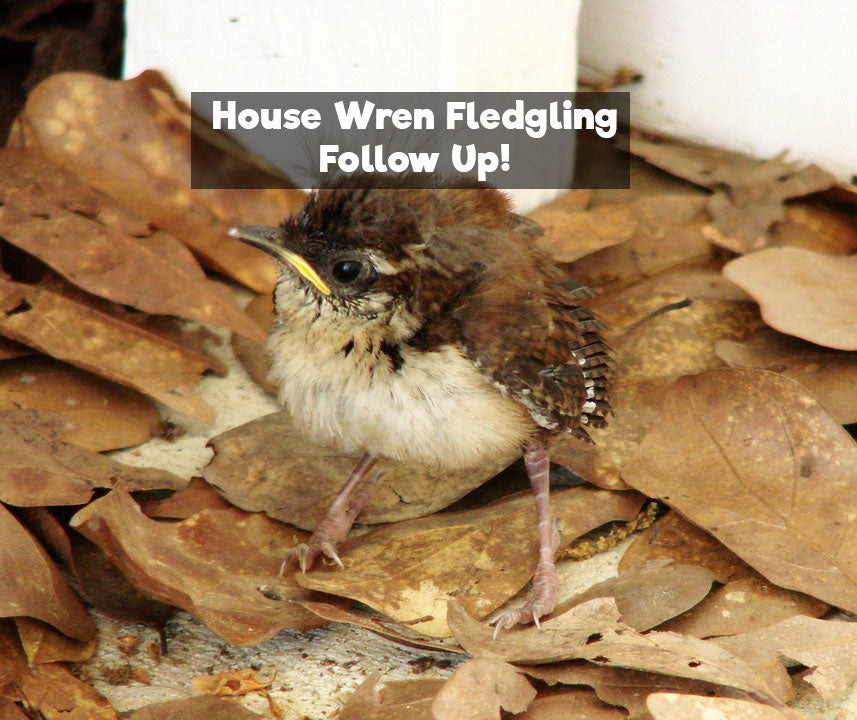Offer
Provide additional details about the offer you're running.
Provide additional details about the offer you're running.
Provide additional details about the offer you're running.

For those that keep up with us from week-to-week, you already know we have been lucky enough to have some house wrens nesting out in the yard. As with every year, we place a couple of wren nesting boxes out in the yard and hope that a well-vocalized male selects one of them to raise his family through the spring and early summer months.
As we highlighted in our last post, house wrens are wildly aggressive, given their small size. In addition to actually chasing out larger birds and claiming their nesting sites, these small birds will also sabotage existing sites so as to keep competing males at bay.
This year, one of our boxes was stuffed full of debris. This year, we watched the male over the course of about a week busy filling both boxes, one an act of sabotage, the other with a brood.
We attempted to get some footage of the little ones but seemed to have been a little quick off the draw last week. Keeping a careful eye on it over the weekend and early this week, we were able to spot the young fledglings feeding and actually leaving the box.
In one instance, we managed to film a young fledgling chasing around its parent, apparently looking for more food.
With all of this in mind, here are a few interesting facts about house wrens and how they raise their young.
These small bug-eaters rarely stray too far from their traditional insect-laden diet. Look closely at an active nesting site and you will see mom (or dad, if he is still around) bringing mouthfuls of bugs to a delighted group of chicks.
Trying to time fledging can be a challenge with many bird species in our yard. You will always want to ensure you give them adequate space and respect during this vital period of their lives.
Watching from close-by however, if you spot young chicks poking their heads out of the box when mom and/or dad come by with food, fledging is not far behind. Most house wrens will fledge within 48 hours of poking out of the nesting box, so pay attention!
Most house wren fledging also takes place in the morning, statistically. Personally, we wouldn’t bank on it, so be sure to keep an eye out throughout the day if you really want to catch that first flight. Additionally, with house wrens, it’s typically an all or nothing type of deal. In most cases, all of the birds will fledge on the same day, following one another out of the box, or in some cases, being pushed out!
High Quality Blend